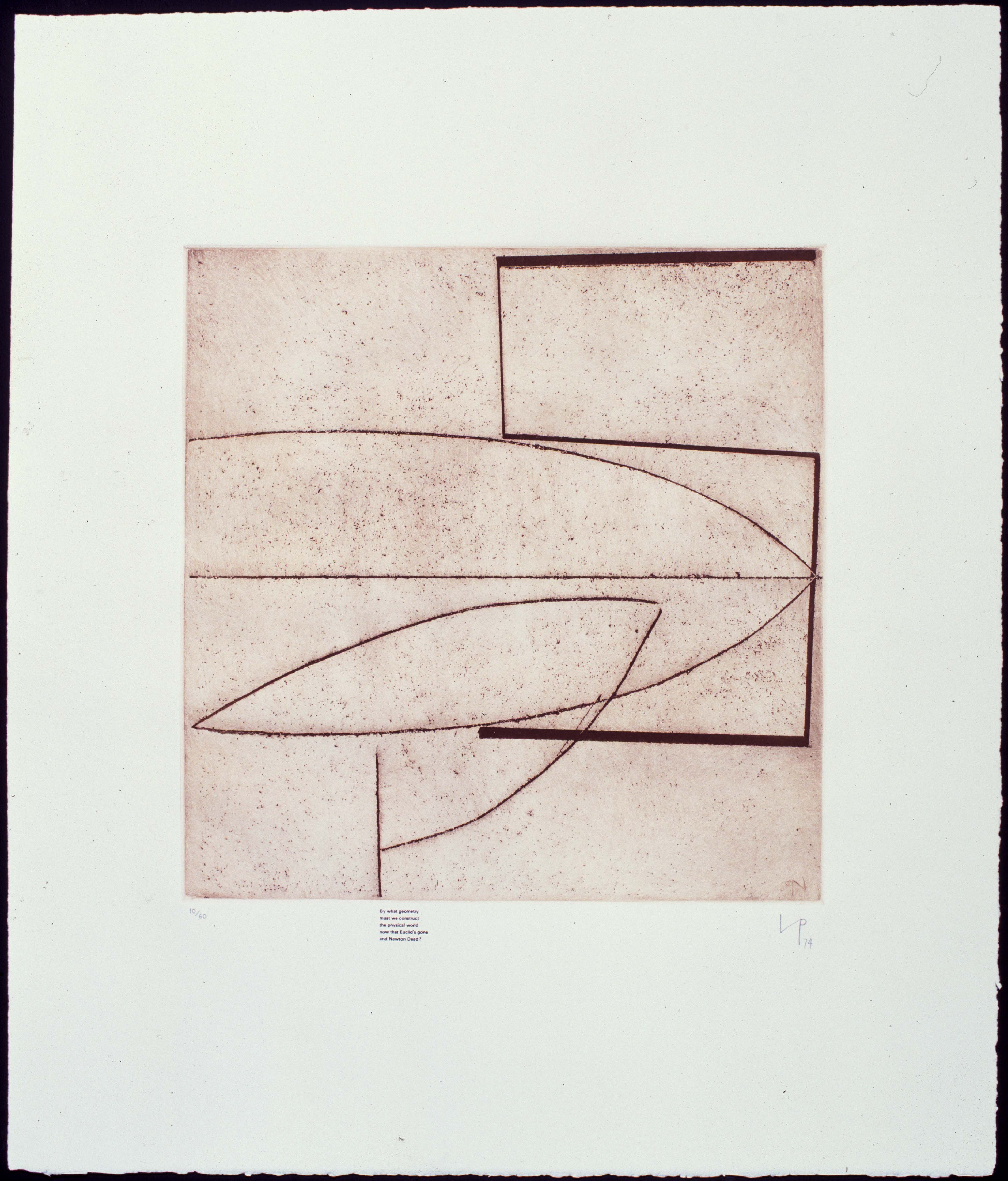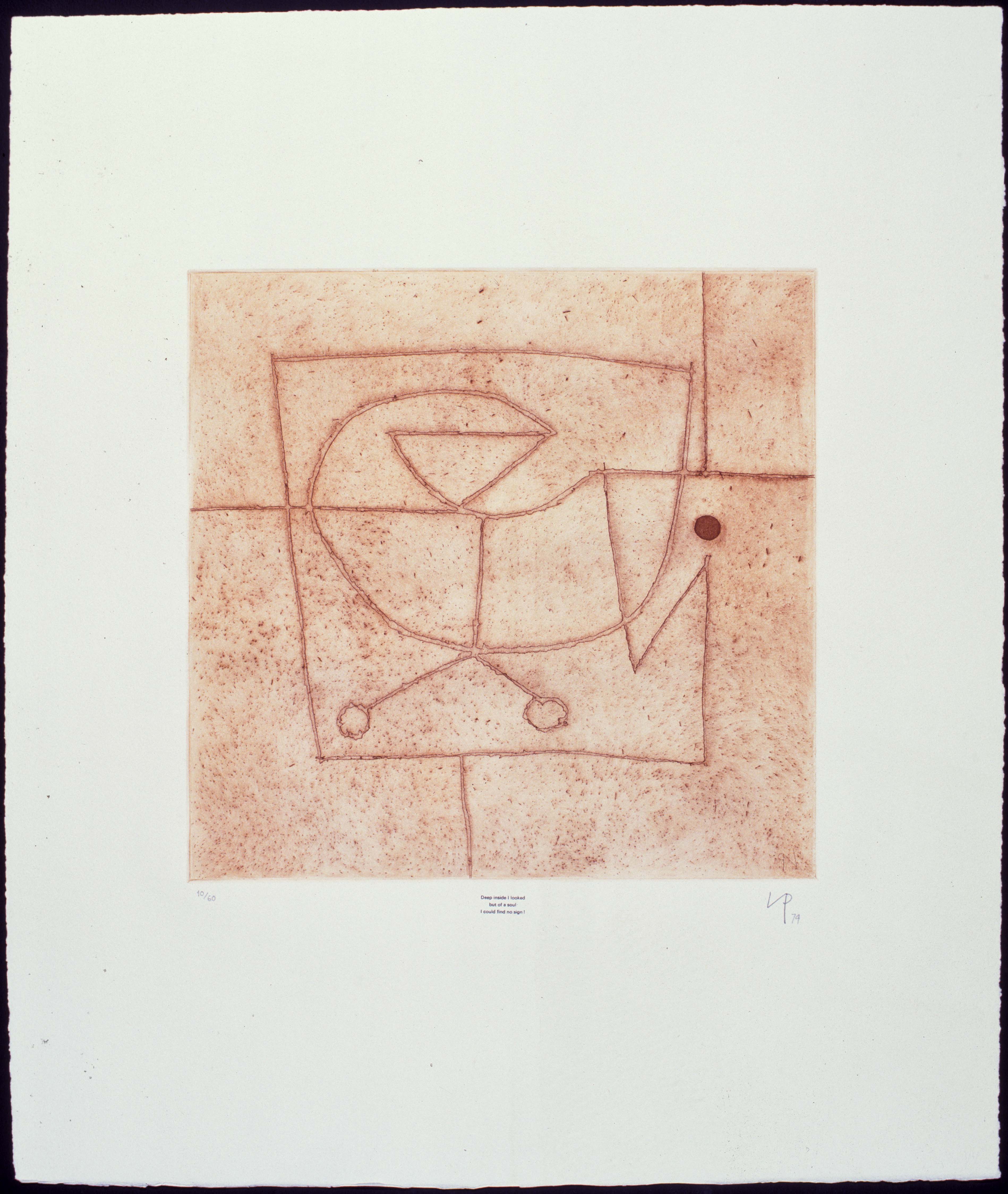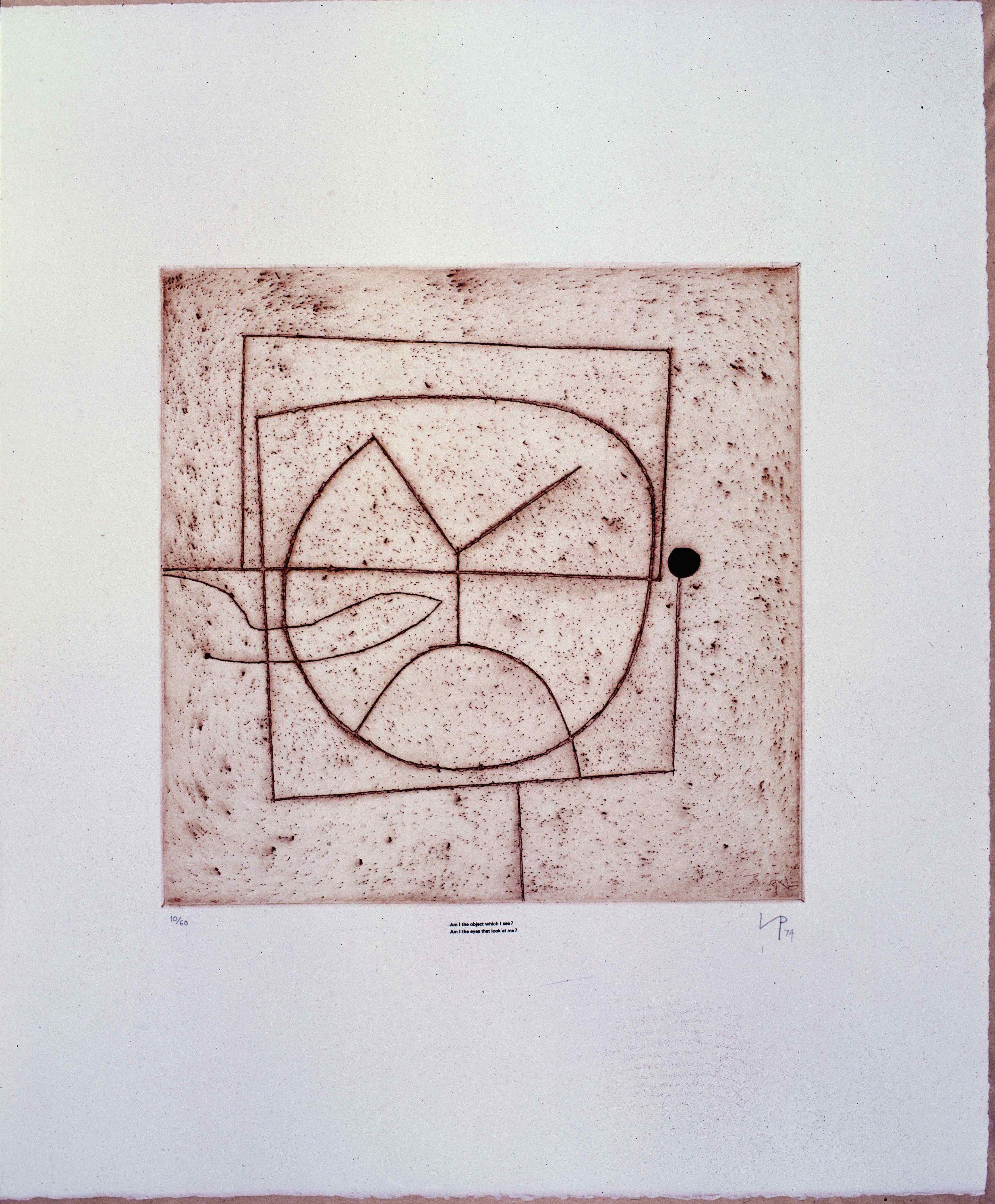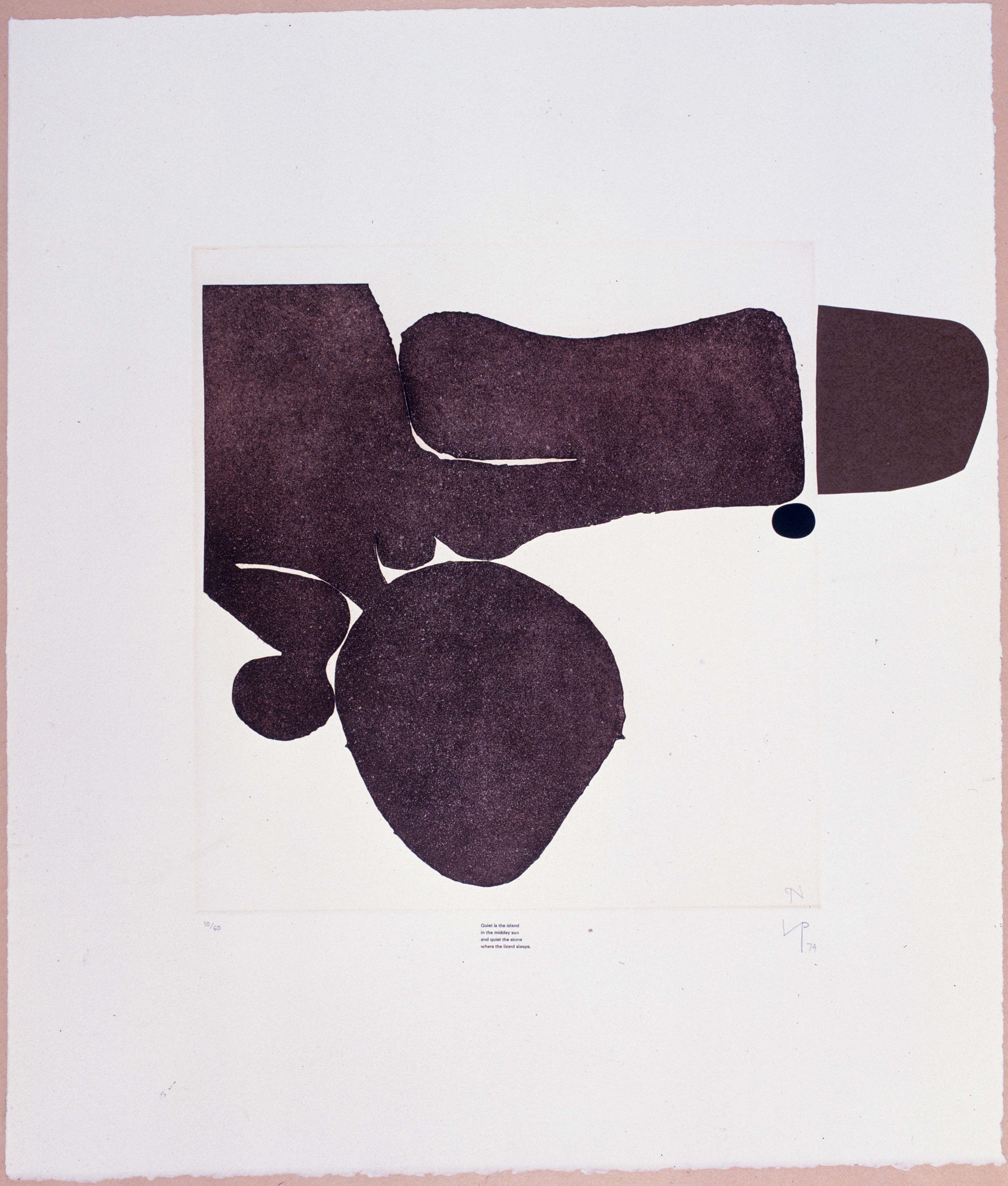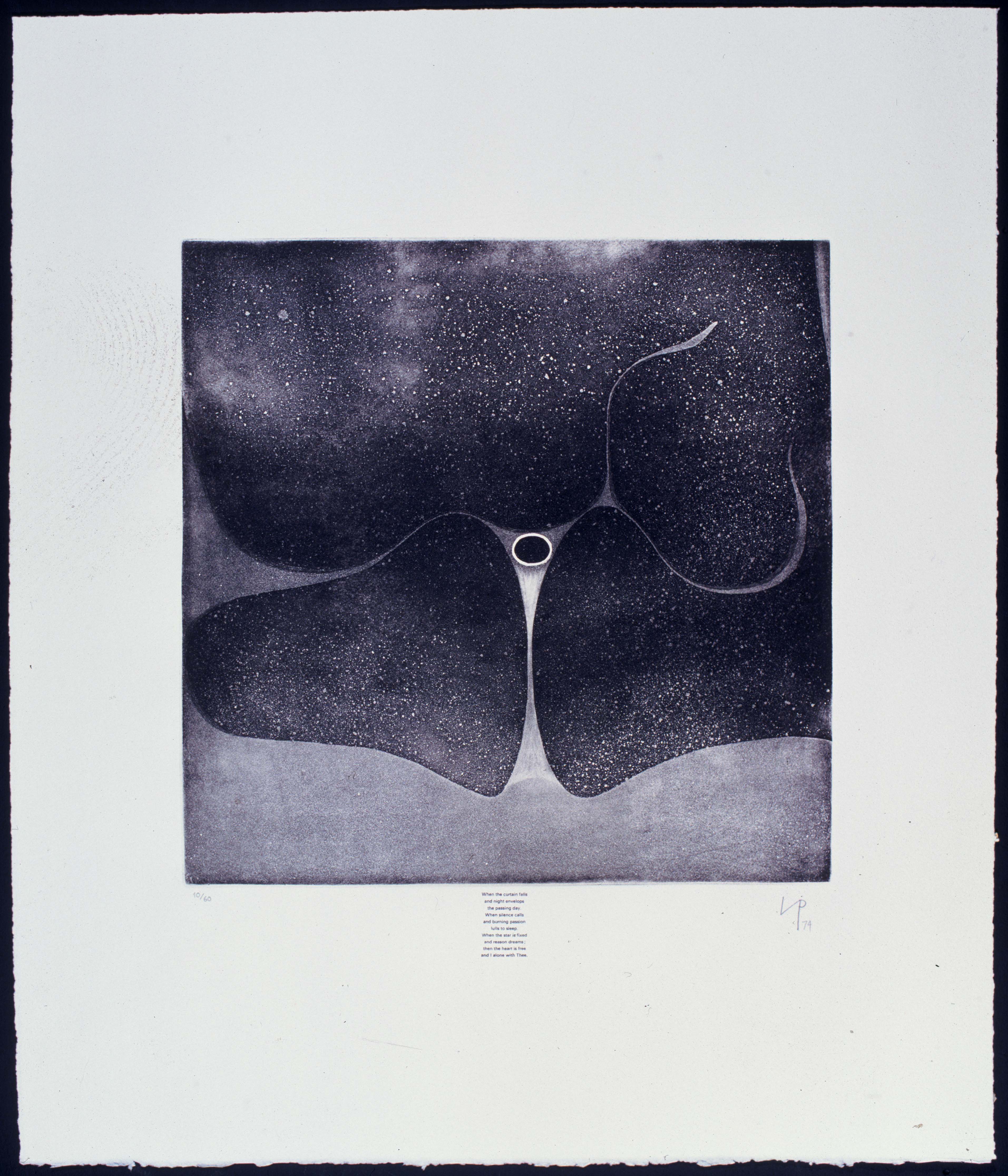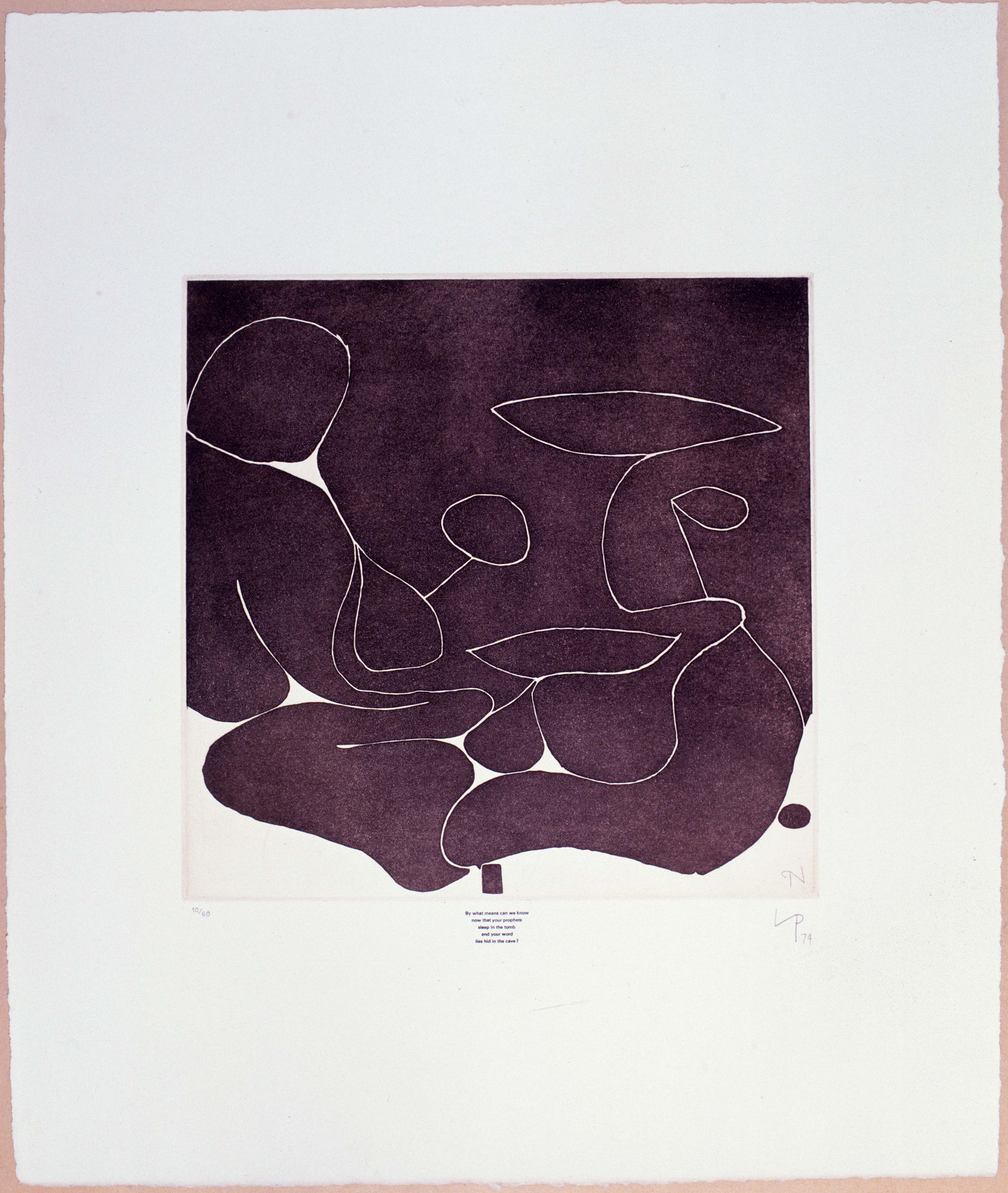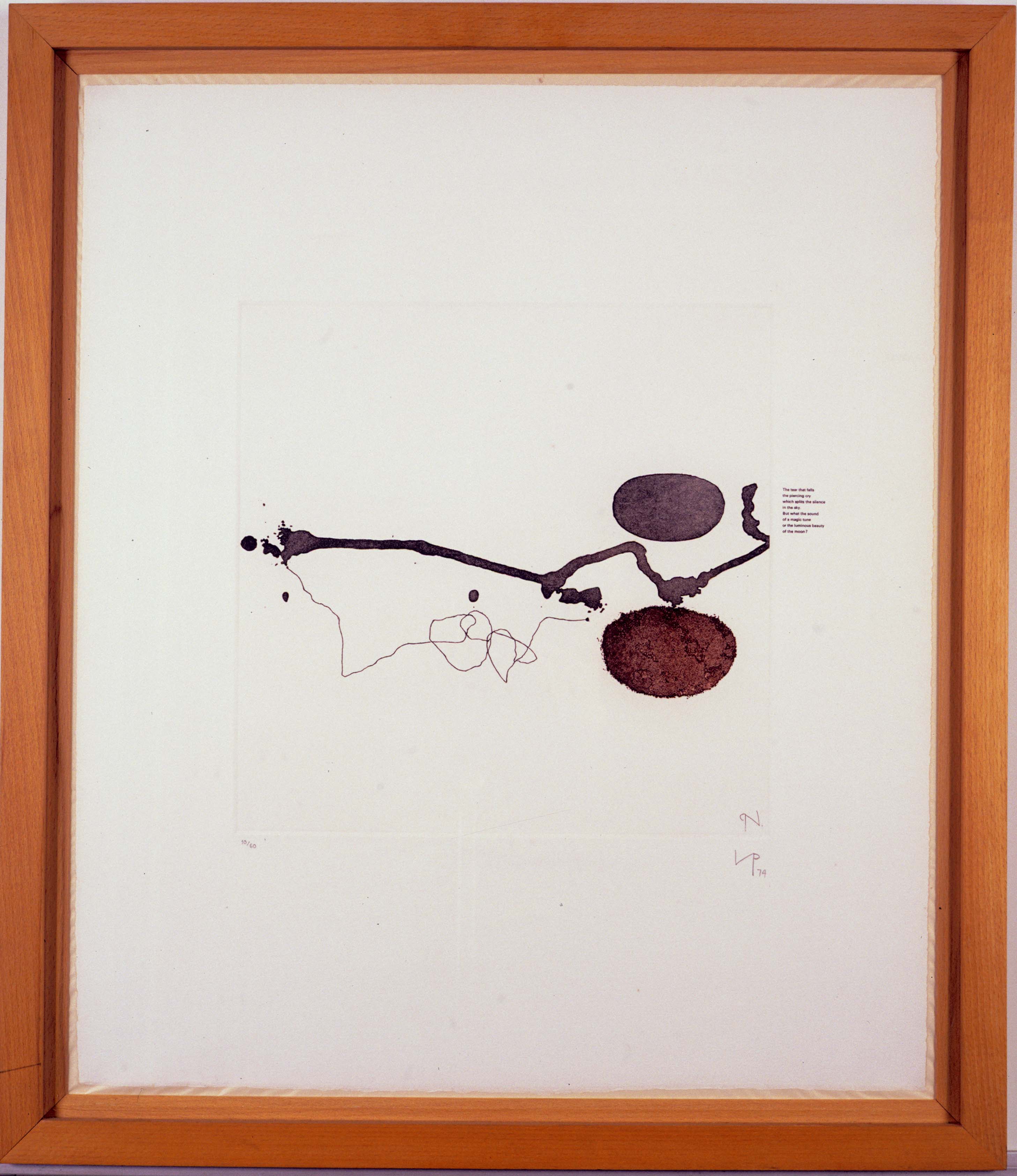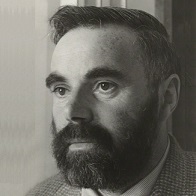
Nationality
British
Education
- 1927-30: Attended evening classes at the Central School of Art
- 1923-27: Studied at Harrow
Taught
- 1937: Set up school of painting with Claude Rogers and William Coldstream and within a year became a full-time lecturer at the Euston Road School
- 1943: Visiting lecturer at the Camberwell School of art (where he introduced the ideas of the Euston Road School)
- 1949: Lecturer at the Central School of Art
- 1954: Director of Painting, Kings College Newcastle (later Newcastle University)
Background
Victor Pasmore developed an interest in painting as a schoolboy at Harrow, but the early death of his father prevented him from carrying on his studies at this stage. From 1927 to 1937 he worked as a clerk at the Head Office
of the London County Council, painting in his spare time and paying frequent visits to the Tate Gallery and the National Gallery; he became a member of the London Artists' Association in 1932 and of the London Group in
1934.
For more than 20 years Pasmore served as Consulting Director to Peterlee (Urban Design for the South West Area).
The artist
His early paintings were reminiscent of the Fauvists in their handling and their subject matter. In 1954 Lawrence Alloway published a slim volume Nine Abstract Artists that encapsulates discourse around British constructivism
in the early 1950's, in which Pasmore a statement about the necessity to move into 'actual dimensions'. By this time, for his orthogonal reliefs, he was having components machine cut, and exploring the production of editions,
or multiples.
However, by the late 1950's, Pasmore was no longer arguing for a logical move from relief into three dimensions, and was increasingly concerned that his linear and planar forms should result in an image 'which surprises us
by its familiarity and touches us as if awakening forgotten memories buried long ago.'Configurations seemed increasingly to grow, spread and magically fix our attention. Printmaking suited this new fluidity. The 1980
catalogue raisonnée lists one print for the period up to 1964, but 86 prints or suites by 1979 (29 items for 1974 alone; this reveals how important printmaking had become for Pasmore. As Failoni and Zamboni explain:
Working with a special solvent directly on the varnished copper plate, he proceeds by controlling the flow of the solvent until an image is formed. A proof is printed; the original image is then developed and transformed
into a new subjective image; the final print is engraved by the aquatint process.
(Giovanna Zamboni, in Victor Pasmore, with a Catalogue Raisonné of the Paintings, Constructions and Graphics 1926-1979 (Thames and Hudson, London, 1980.)
The employment of solvent flow is clearest in The tear that falls, and there may well be starting points in his paintings. When the curtain falls resembles a number of near symmetrical organic images, while
By
What Geometry Must We Construct the Physical World? resembles a variety of late 1960's linear works.

